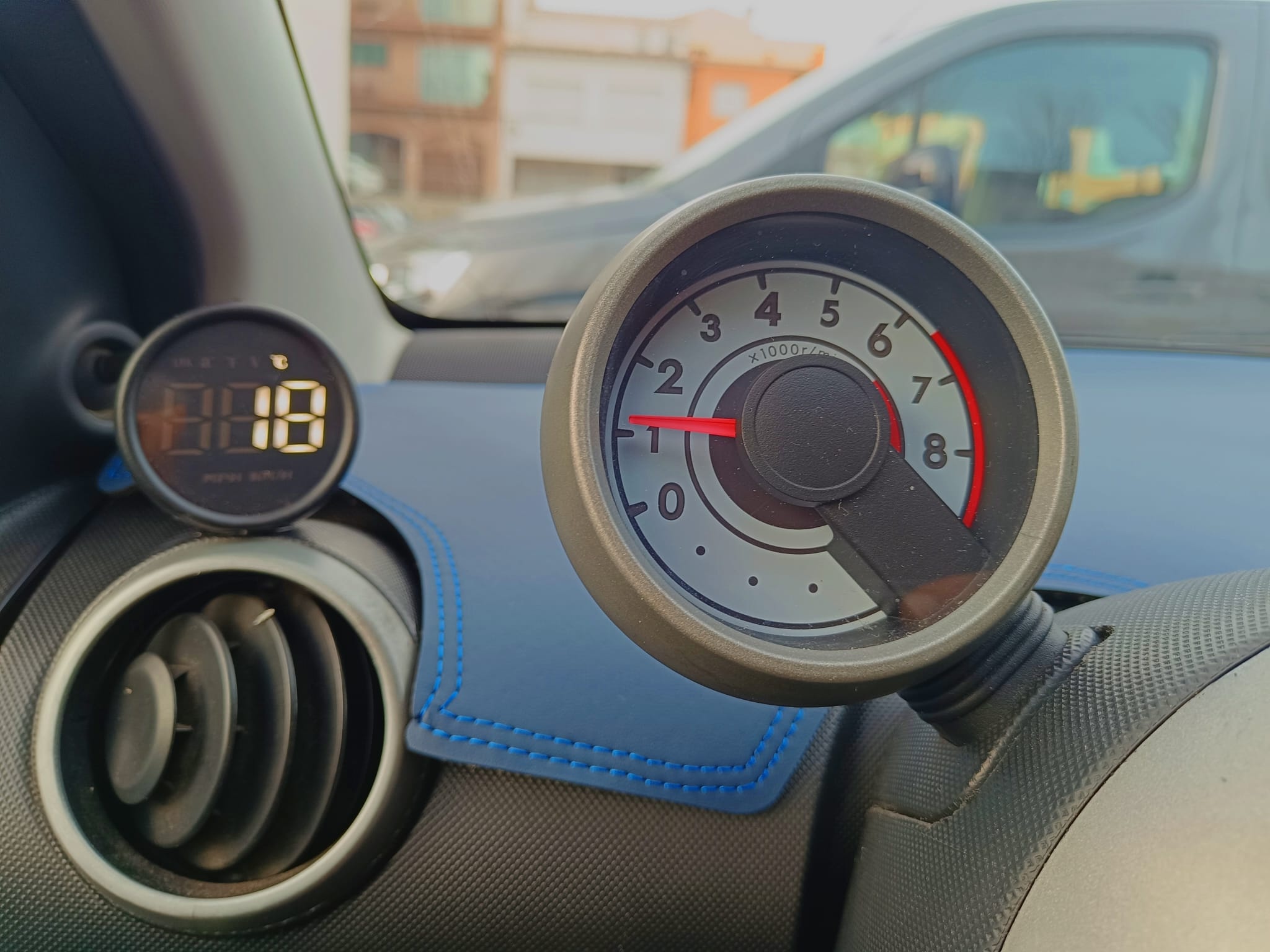-
Bienvenido a nuestra Comunidad
Si quieres formar parte de nuestro foro y acceder a todas las funciones, regístrate o accede con tu cuenta de usuario.
Peugeot 207 EPURE Concept
-
Nuestra selección
-

Estos tapones???
Mavi Mavi publicó un tema en Bricos y mecánica Peugeot 407, el
Hola a todos, alguien podria decirme dode van colocados estos tapones,los encontre en la guantera y no recuerdo haberlos sacado yo...no se si en algun taller...el caso es que llevan ahi un monton de tiempo. Y el caso es que he mirado puertas,maletero,capot....y nada. es un Peugeot 407,Gracias-
- 8 respuestas

Promocionado por
admin, -
-

Dudas con FAP
jserrano publicó un tema en General NUEVO Peugeot 308 (T9), el
Muy buenas a todos, tengo unas dudas con el tema del FAP.
Tengo un 1.6 bluehdi. Llevo 6 meses con él y tras mucho leer acerca del FAP tengo la siguiente duda.
Ahora mismo de lunes a viernes utilizo el coche para realizar cuatro trayectos de 1 km cada uno (salvo que algún día tenga que hacer algún que otro trayecto extra). Los fines de semana si que hago algo más de km con el y cada dos semanas procuro darle un poco de autovía por el tema del FAP. Es esto suficiente para evitar que se deteriore antes?
Que cuidados extra debería tener para evitar que se colmate o dure menos tiempo del que debería durar? Según he leído los trayectos urbanos son muy malos para el FAP. Gracias y un saludo!-
- 56 respuestas

Promocionado por
admin, -
-

pedal de embrague aspero y ruidoso
cipri5285 publicó un tema en General NUEVO Peugeot 308 (T9), el
Deciros que se trata de un SW puretech 130 de Noviembre del 2015. Decidme si os pasa a vosotros o si sabéis de alguna solucion. Gracias..
ACTUALIZADO:
Este es el video del ruido, que amablemente nos ha facilitado @drhispano- 300 respuestas

Promocionado por
admin, -

Colocar indicador de temperatura
José Ángel Rodr publicó un tema en Peugeot 107, el
Buenas tardes
Acabo de comprar un 107 a gasolina y me gustaría ponerle un indicador de temperatura, alguien lo ha puesto?
Toda información sobre si es posible, cuánto cuesta y dónde se ha puesto el reloj o alguna fotografía sería de gran ayuda.
Gracias.-
- 2 respuestas

Promocionado por
admin, -
-

LED d1s. Sustitución lámpara xenón por led
Cc7 publicó un tema en Brico 307, el
Nunca he estado muy contento con la iluminación del xenón. Aquí está un posible solución. Led d1s , conexión directa al cable del balastro original y funcionando.Importante que sean homologadas, ya que se permite su usoeen España. Mínimo un 50%+ de iluminación. Saludos
-
- 8 respuestas

Promocionado por
admin, -
-

















Mensajes recomendados